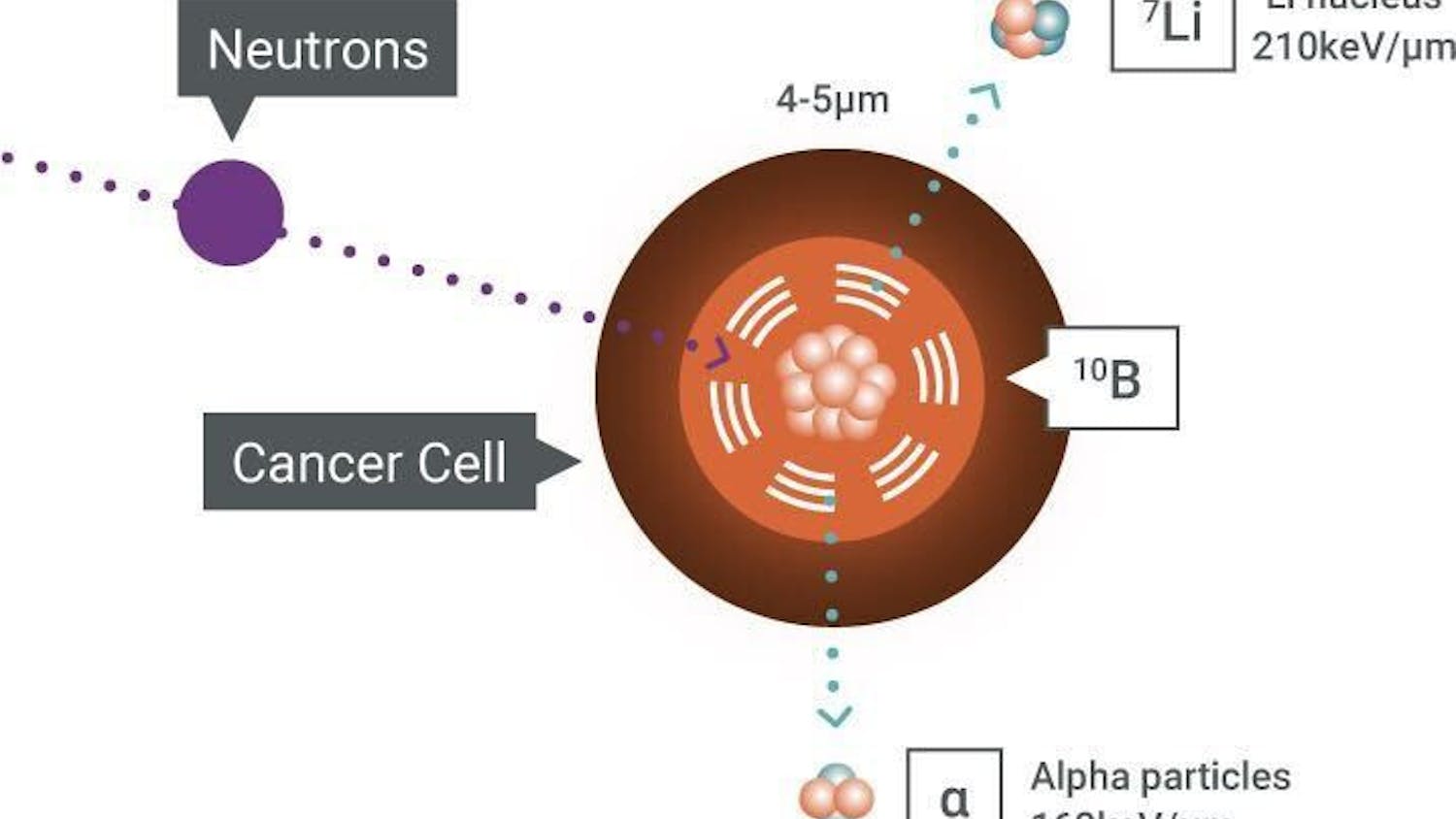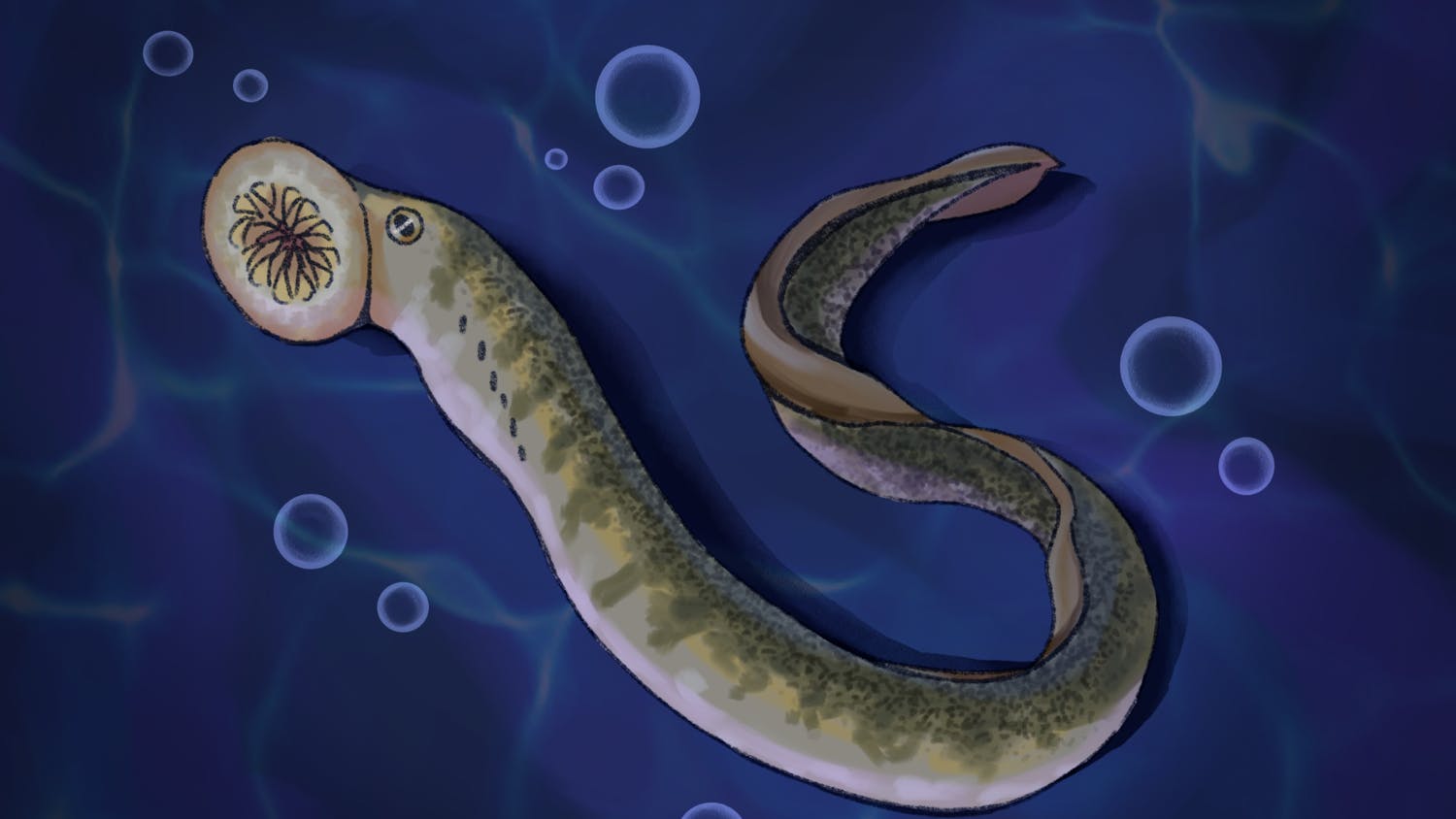As spring break is approaching and many students begin to head down south, one favorite that everyone associates with the ocean and the warmth is… dolphins!
Dolphins are unique aquatic mammals, who are some of the most intelligent, socially skilled, playful creatures in the animal kingdom.
There are currently 49 known dolphin and porpoise species, which are grouped into six families: the oceanic family, the porpoise family and the four river families. While dolphins have the ability to live in seas, oceans and rivers, most prefer tropical and warm temperatures as it is easier for them to regulate their body temperature.
Dolphins share a lot of emotional similarity to humans.
Scientists have researched and discovered an aligning trend between humans’ and dolphins’ curiosity and sociability.
Dolphins, like the majority of primates, have brains that are considerably larger than what their bodies require for basic functions. This excess of brain material is what provides dolphins the ability for higher intelligence, sociability and curiosity.
They share human’s form of social setting and communication, as dolphins travel in groups, called pods. These pods can consist of numbers ranging from 2 to 30 dolphins, with some merging into super-pods with more than 1,000 members! Dolphins depend on these pods for hunting, mating and defending themselves from predators.
Another similarity to humans, researchers have found, is that dolphins are not bound to any one pod — they can swim and go as they please. While most pods do have an established hierarchy, the composition and structure of the pod can depend on age, sex, family ties and reproductive condition.
There are three types of pods dolphins can join: nursery groups (mothers-offspring), juvenile groups and adult males. While males are dominant in every group, they most often give space to the nursery groups consisting of mothers and their offspring.
The social relationships that build between dolphins, scientists have come to find, is a life-long relationship.
The social aspects of these mammals mimic our own in many ways. Researchers have even discovered that dolphins are able to speak to each other in different dialects!
However, due to recent pollution, urbanization, harmful nets of fishermen and human-caused climate change, dolphins numbers are being reduced. In 2006, the very first dolphin went extinct — the baiji dolphin. And the Vaquita will be next if human made dangers continue to affect them.
So as people travel down south for spring break, remember to be respectful to nature and aquatic life, clean up after yourselves and help protect the environments of sea creatures like dolphins.






